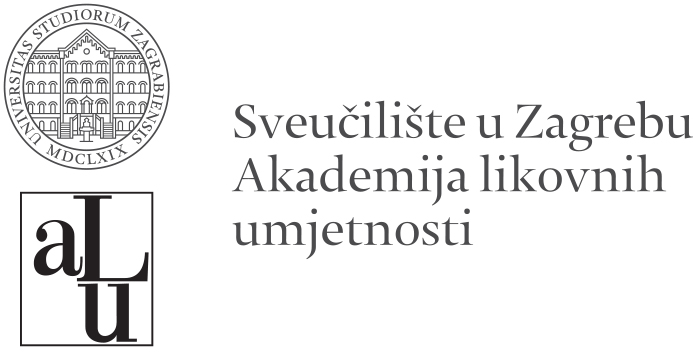Category: Exhibitions
YICCA 2018
International Contest of Contemporary Art
Final exhibition – opening
Prsten Gallery
24 January -17 February 2019
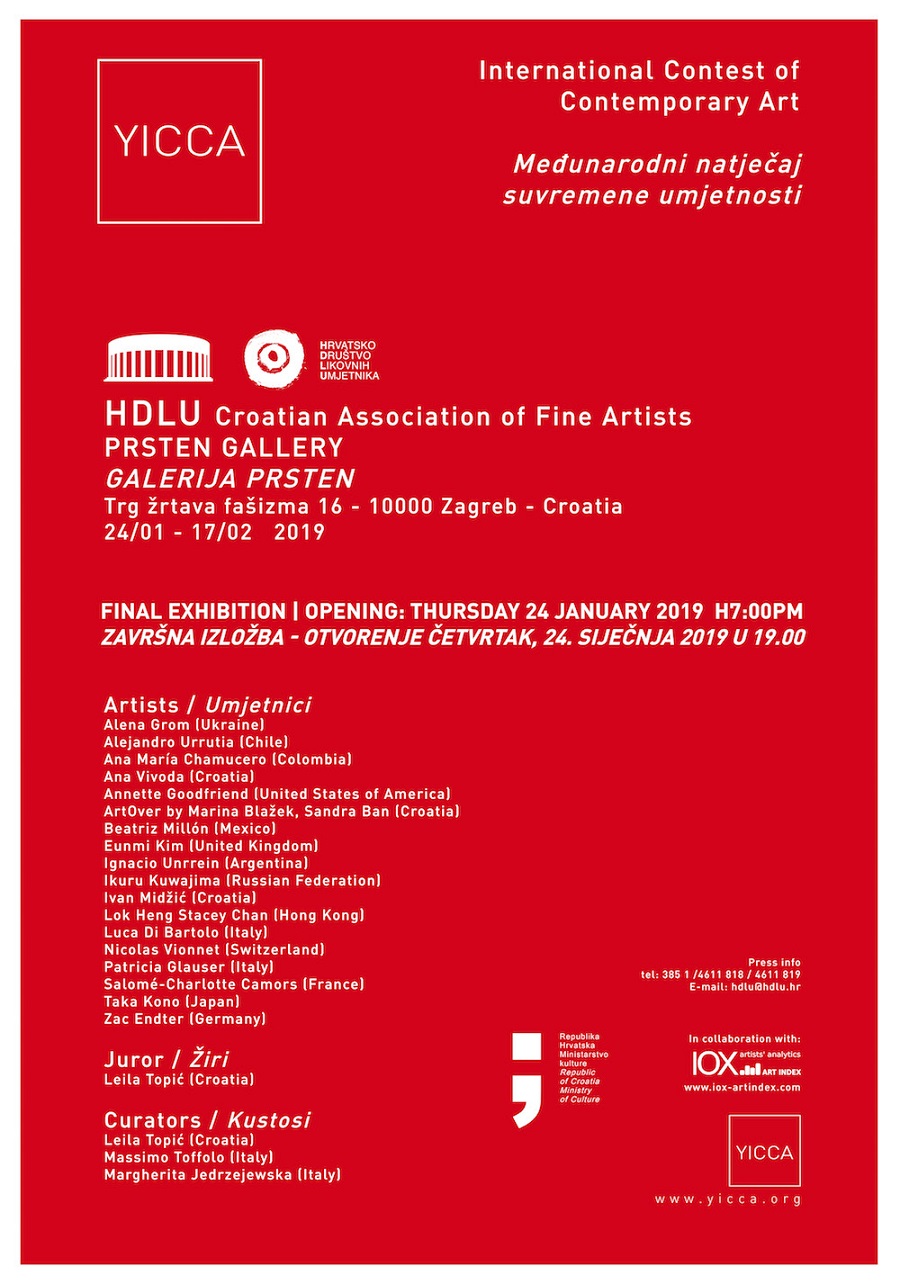
Exhibition opening: Thursday, 24 January 2019, 7:00pm
We are pleased to present the “YICCA 2018” final exhibition.
The exhibition presents works by 18 international artists: Alena Grom (Ukraine), Alejandro Urrutia (Chile), Ana María Chamucero (Colombia), Ana Vivoda (Croatia), Annette Goodfriend (United States of America), ArtOver by Marina Blažek, Sandra Ban (Croatia), Beatriz Millón (Mexico), Eunmi Kim (United Kingdom), Ignacio Unrrein (Argentina), Ikuru Kuwajima (Russian Federation), Ivan Midžić (Croatia), Lok Heng Stacey Chan (Hong Kong), Luca Di Bartolo (Italy), Nicolas Vionnet (Switzerland), Patricia Glauser (Italy), Salomé-Charlotte Camors (France), Taka Kono (Japan), Zac Endter (Germany).
Each artist, through different mediums, investigates the multi-facet perspectives and shades of the human being, displaying new innovative concepts. The works of the various artists included in this exhibition resonate with major contemporary cultural, economic and political realities experienced as part of everyday lives and across the globe.
This exhibition traces the emergent contemporary art’s current trends, spanning different generations, their practices traversing the disciplines of contemporary artistic
creation.
The juror:
Leila Topić (senior curator at Zagreb Museum of Contemporary art)
The curators:
Leila Topić (main curator of Yicca 2018, Croatia)
Massimo Toffolo (main curator of Yicca, Italy)
Margherita Jedrzejewska (curator of Yicca, Italy/Poland)
Organizer:
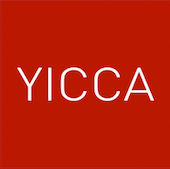
Partner:

Supported by:
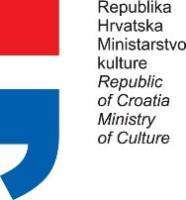
Working hours:
Wednesday – Friday: 3 pm – 8 pm | Saturday and Sunday: 10 am to 1 pm
Mondays, Tuesdays and holidays: closed.
IVAN OŠTARČEVIĆ
IMPATIENCE (FRUSTRATION)
Karas Gallery
January 15 – January 27, 2019
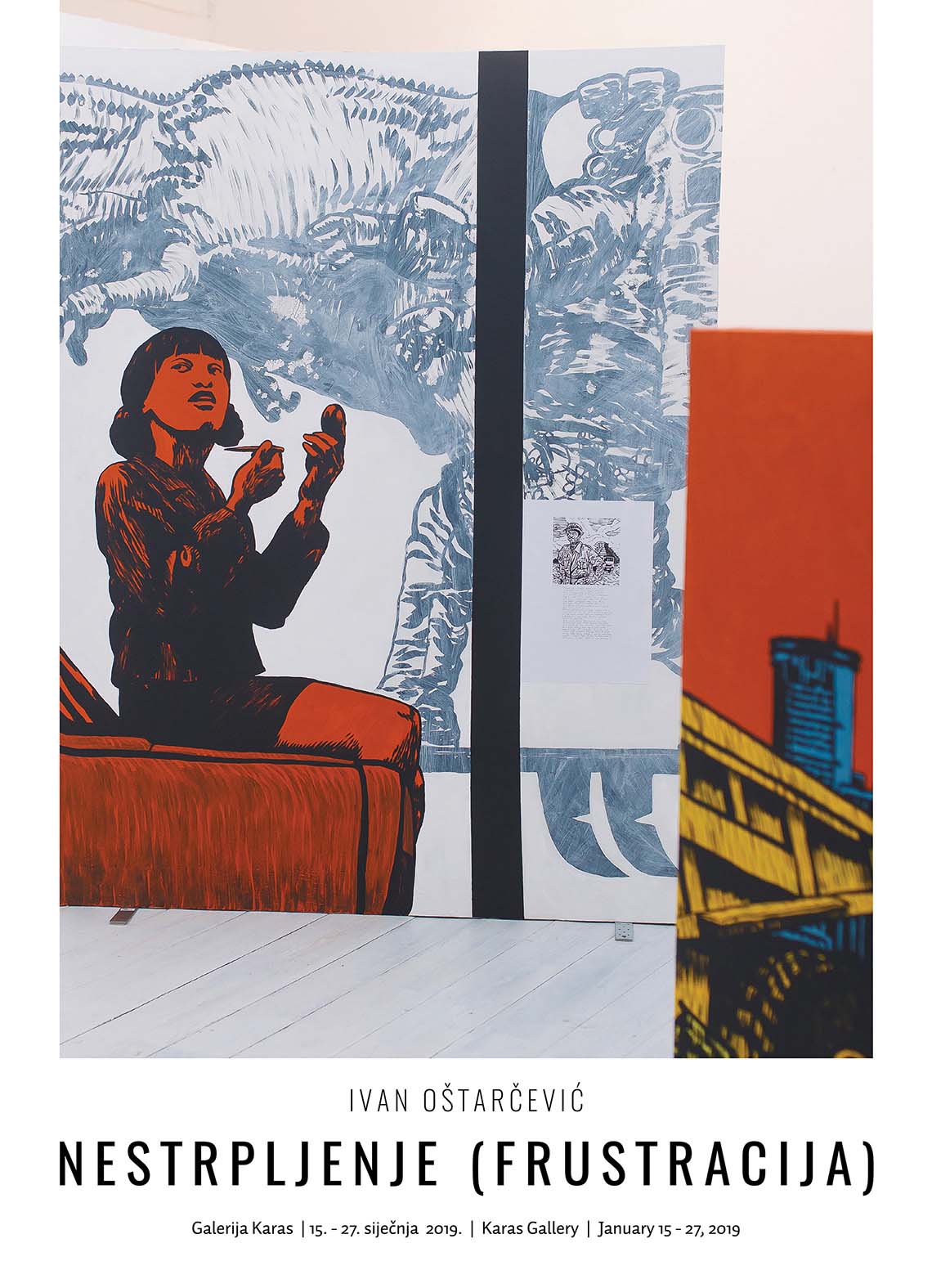
Opening of the exhibition: Tuesday, January 15 at 7 pm at the Karas Gallery
Exhibition Impatience (Frustration), by Ivan Oštarčević will be opened on Tuesday, January 15 at 7 pm at the Karas Gallery (Zvonimirova 58).
“In the spirit of current pop-cultural production of unified narratives for the whole series of films that correlate through the shared universe paradigm, the author generates one of his own that critiques today’s society by anticipating the future. Impatience emerges as the final stage of creating a dialectic approach to the future world through relevant questions regarding the relationship between artist and art, artist and society, and artist and success. Through the language of installation art, Oštarčević introduces us to a complex situation of everyday life burdened with the force of fame and power. (…)
He confronts the viewer with an apparently complete whole which we are conditioned to accept without judgment, while at the same time speaking on the hermetic models of art, wishing for the arrival of a critical mass partial to exceptional, rather than mediocre cultural production. Unless everyone, from the academically-minded to the simple-minded, start demanding excellence as the next step in our valorization, art in itself is meaningless to society.”
From the preface, written by Mihaela Zajec
ABOUT THE ARTIST
Ivan Oštarčević is an artist practicing drawing, printmaking, painting and mural art born in Zagreb on the 17th of December of 1990. He finished the School of Applied Arts and Design in Zagreb in 2009. The same year he enrolls in the Art Education department on the Academy of Fine Arts in Zagreb which he finished in 2015, achieving the highest GPA at the Department of 4.84. As an active member of the Croatian Association of Artist and two accolades from the Academy of Fine Arts for exemplary work during his studying, he participated in more than twenty group exhibitions and had fifteen solo exhibitions. He lives and works in Zagreb, and is currently working on completing an extensive intermediary cycle under the working title Interactivity of a Cycle and as a teacher of Arts at Elementary School Ljudevit Gaj in Zaprešić.
![]()

Supported by:
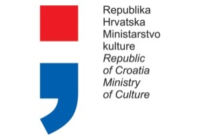
Working hours:
Wednesday – Friday: 3 pm – 8 pm | Saturday and Sunday: 10 am to 1 pm
Mondays, Tuesdays and holidays: closed.
The exhibition will remain open until January 27, 2019
ROBERT FIŠER
WORMHOLE
Karas Gallery
November 20 – December 2, 2018
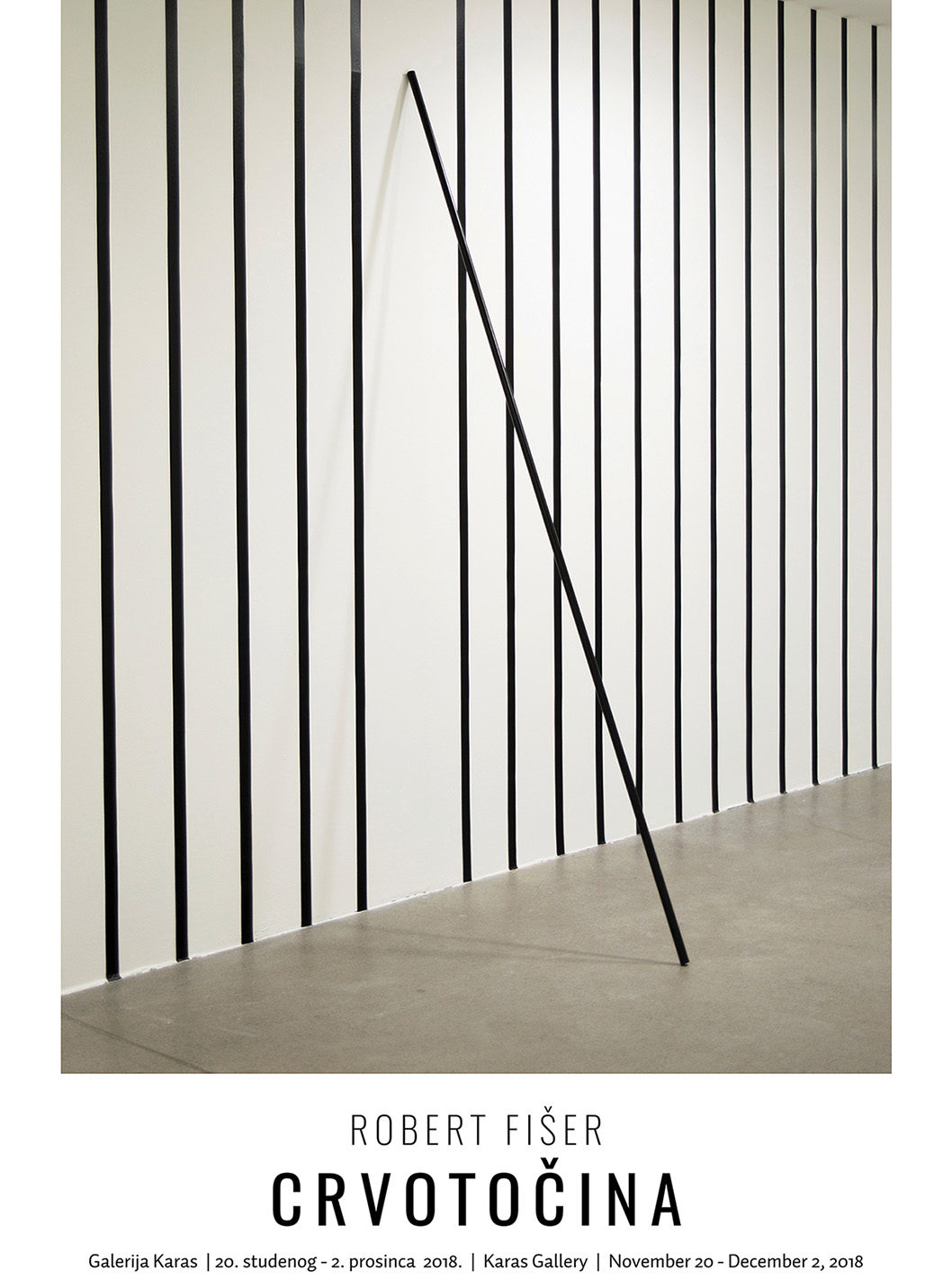
Opening of the exhibition: Tuesday, November 20 at 7pm at the Karas Gallery
Exhibition Wormhole, by Robert Fišer will be opened on Tuesday, November 20 at 7pm at the Karas Gallery (Zvonimirova 58).
ARTIST STATEMENT
“Horizontal and vertical lines on the walls represent the space-time continuum in this linear system. In some parts the lines are broken and the missing part passes through the space and, like a wormhole, connects different parts of this linear universe. By moving around the room we see the point where the lines in the space coincide with the missing parts of the continuum on the walls, and this is where the entry to the linear space through the wormhole occurs. The wormhole requires moving around the room and a mental element, necessary for understanding this linear simulation of the universe as a space. The way through the wormhole to linear dimension can, but does not have to happen, implying thus the component of relativity embedded in the wormhole theory.”
Robert Fišer
ABOUT THE ARTIST
Robert Fišer was born in Osijek in 1976. In 2012 he graduated from the Academy of Arts, University of Osijek. He has been actively exhibiting since 2008 and so far he has had numerous solo and group exhibitions. His work has won several awards. He is a member of the Croatian Association of Artists in Osijek and one of the founders of the Popup Project. He is engaged in painting and multimedia art. Robert lives and works in Osijek.
![]()

Supported by:
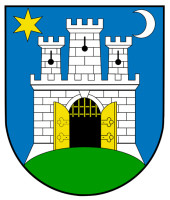
The Karas Gallery program is also realized with the financial support of the Croatian Association of Fine Artists (HDLU).
Working hours:
Wednesday and Friday: 9am to 3pm | Thursday: 3pm to 7pm | Saturday and Sunday: 9am to 12am
Mondays, Tuesdays and holidays: closed.
The exhibition will remain open until December 2, 2018
TEA IVKOVIĆ
NOTHING IS PERSONAL
Karas Gallery
November 6 – November 18, 2018
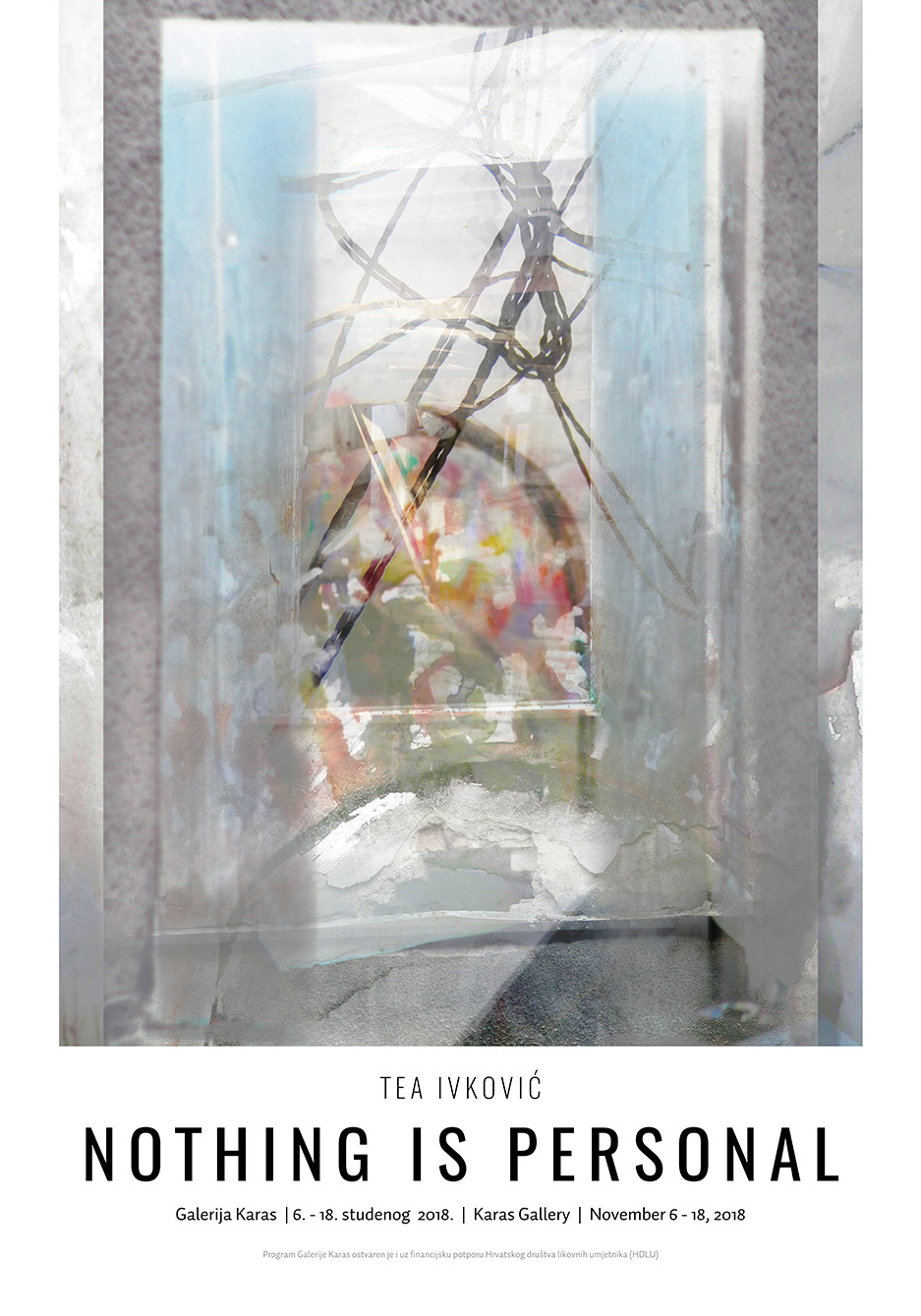
Opening of the exhibition: Tuesday, November 6 at 7pm at the Karas Gallery
Exhibition Nothing is personal, by Tea Ivković will be opened on Tuesday, November 6 at 7pm at the Karas Gallery (Zvonimirova 58).
“The work consists of a cluster of photographs in layers that create a new reality, imbued with the memories of different situations and perspectives of authorial photographs, randomly selected from a pile of memory folders. The reality of a certain moment can only be felt at that very moment, and what remains is only a cluster of memories that no one can describe precisely after the passage of time, because there is nothing but the present. The work is titled “Nothing is Personal“ because actions and all those “deposits“ that make a person over time, only become visible in the person’s behaviour – gesticular and subconscious.
Description in words and definition, of both the work and a specific person, tries to bring the work or a person’s character closer to some sort of interpretation, but at the same time it restricts it, encloses it in a cell and tries to control it. When it comes to memory, over time it becomes a blend of imagination, memories and an impression different than the past one. With the help of definitions or without them, we can never be truly sure whether we are imprisoned or free.”
Tea Ivković
![]()

The Karas Gallery program is realized with the financial support of the Croatian Association of Fine Artists (HDLU).
Working hours:
Wednesday and Friday: 9am to 3pm | Thursday: 3pm to 7pm | Saturday and Sunday: 9am to 12am
Mondays, Tuesdays and holidays: closed.
The exhibition will remain open until November 18, 2018
DUJE MEDIĆ
OUR MOTHER THE MOUNTAIN
Karas Gallery
October 16 – October 28, 2018

Opening of the exhibition: Tuesday, October 16 at 7pm at the Karas Gallery
Exhibition Our Mother the Mountain, by Duje Medić will be opened on Tuesday, October 16 at 7pm at the Karas Gallery (Zvonimirova 58).
“From one drawing to another, from one series to the other, Duje Medić is an increasingly intriguing and delightful artist. Many contemporary drawers succeed in fixating our gaze on their works, but few are those from whose graphite dust one can read poetry and prose, and all the drama of an era, of one human being. What are stories without sound, without color or smell? They are mute, in all shades of gray, with all aroma gone. Yet they are not…
Medić is the drawer and narrator of melancholy, nostalgia, homeland… He is a great fan of material and intangible folk treasures, a young erudite who is constantly learning and than transmitting, sharing, recounting, preserving and reinterpreting. By using his pen, he is inscribing depth into the thin layers of paper. When they become dense, darker than the night, ruled by Šorko, local devil from Brela, they are transformed into heavy, monolithic and three-dimensional sculptures that threaten in silence.
(…)
Traces of Duje´s pencil becomes more solid with age. Spidery and soft creations are present but do not prevail. Duje is one of the few pencil masters who use this fragile tool to create three-dimensional, sculptural characters. Now, when they tell their stories so clearly and unambiguously, Medić can be classified as a new generation of storytellers. Is it true, is it historically grounded, is it accurate…? Who would care about that when stories from the mountain reach our mind and soul? Stories that occupy the whole being, allowing us to forget all worries and pain. Duje´s Brela stories are a new return to the old world we are consciously or unconsciously tied to.”
From preface, written by Anita Ruso
ABOUT THE ARTIST
Duje Medić was born in 1986 in Makarska. In 2010 he graduated from the Academy of Fine Arts in Zagreb in the class of Professor Nevenka Arbanas at the Department of Graphic Arts. He is a member of the Croatian Freelance Artists Association (HZSU).
He exhibited in 15 solo and many group exhibitions in Croatia and abroad. He is one of the authors of Ex Libris, a group collection of graphic prints published by the National and University Library in Zagreb, as well as an independent collection of graphic prints To Cain’s Tribe. In 2016 he was awarded an artist residency at Cité International des Arts in Paris.
www.dujemedic.com
![]()

Supported by:

The Karas Gallery program is also realized with the financial support of the Croatian Association of Fine Artists (HDLU).
Working hours:
Wednesday and Friday: 9am to 3pm | Thursday: 3pm to 7pm | Saturday and Sunday: 9am to 12am
Mondays, Tuesdays and holidays: closed.
The exhibition will remain open until October 28, 2018








